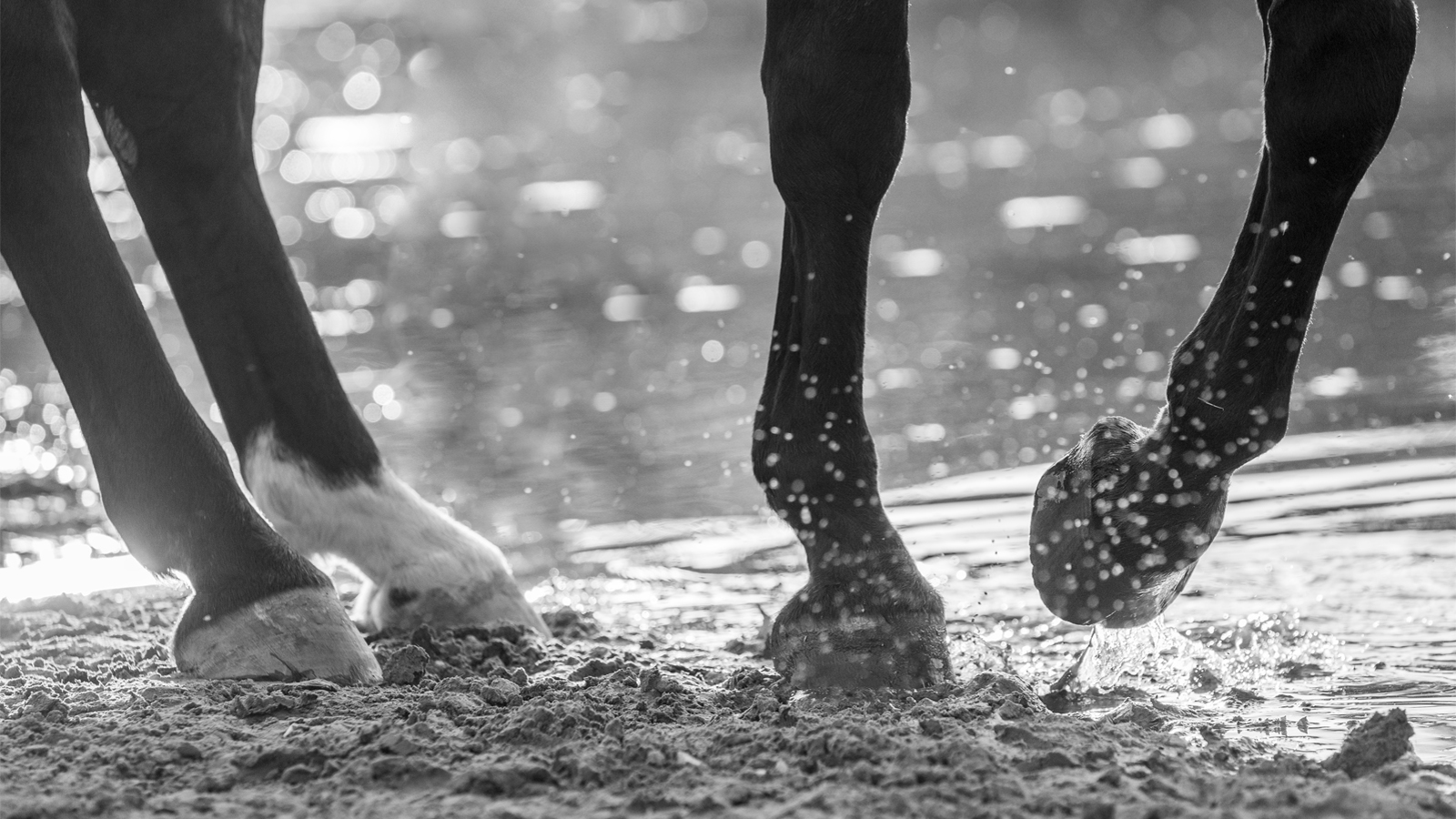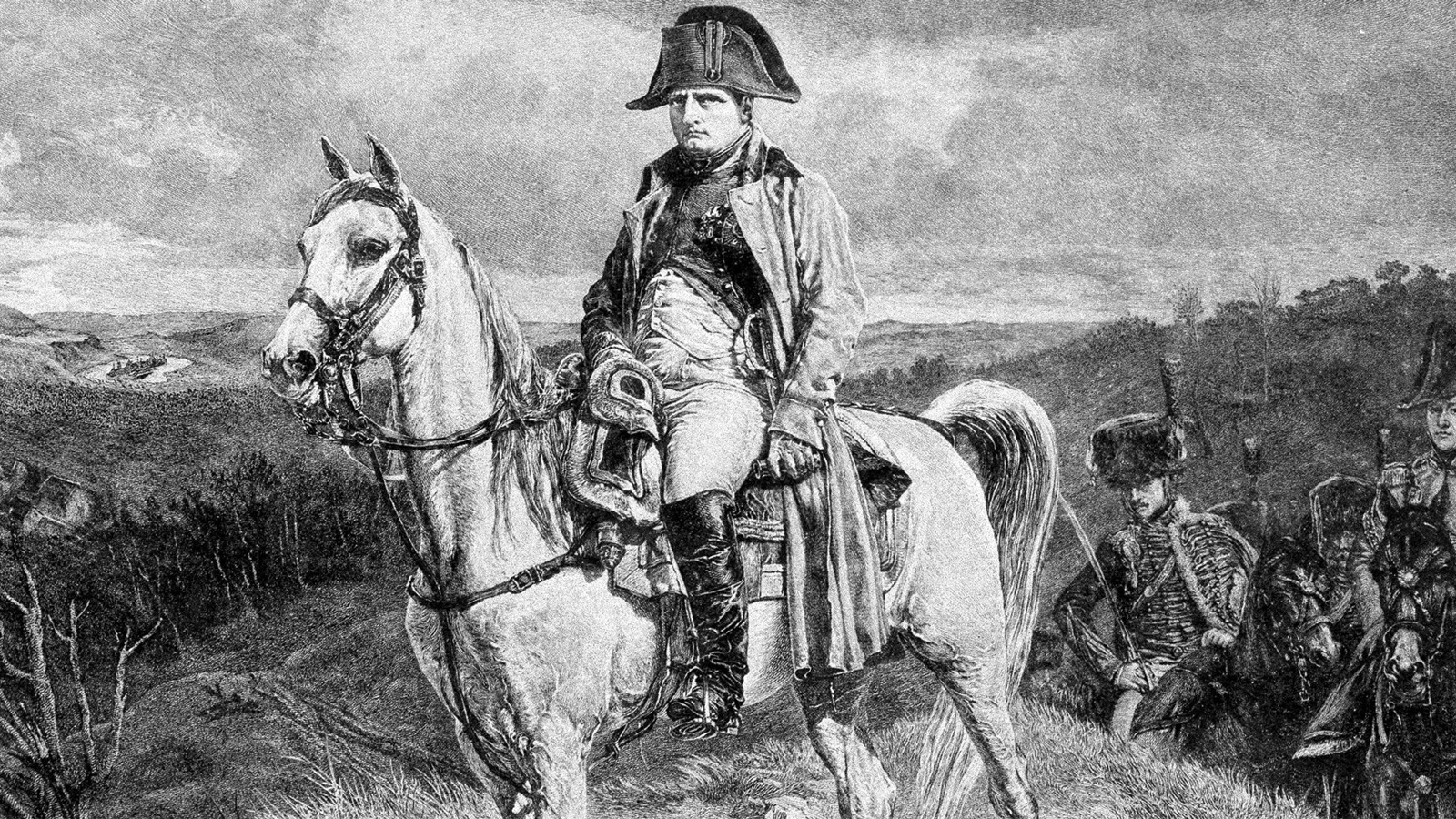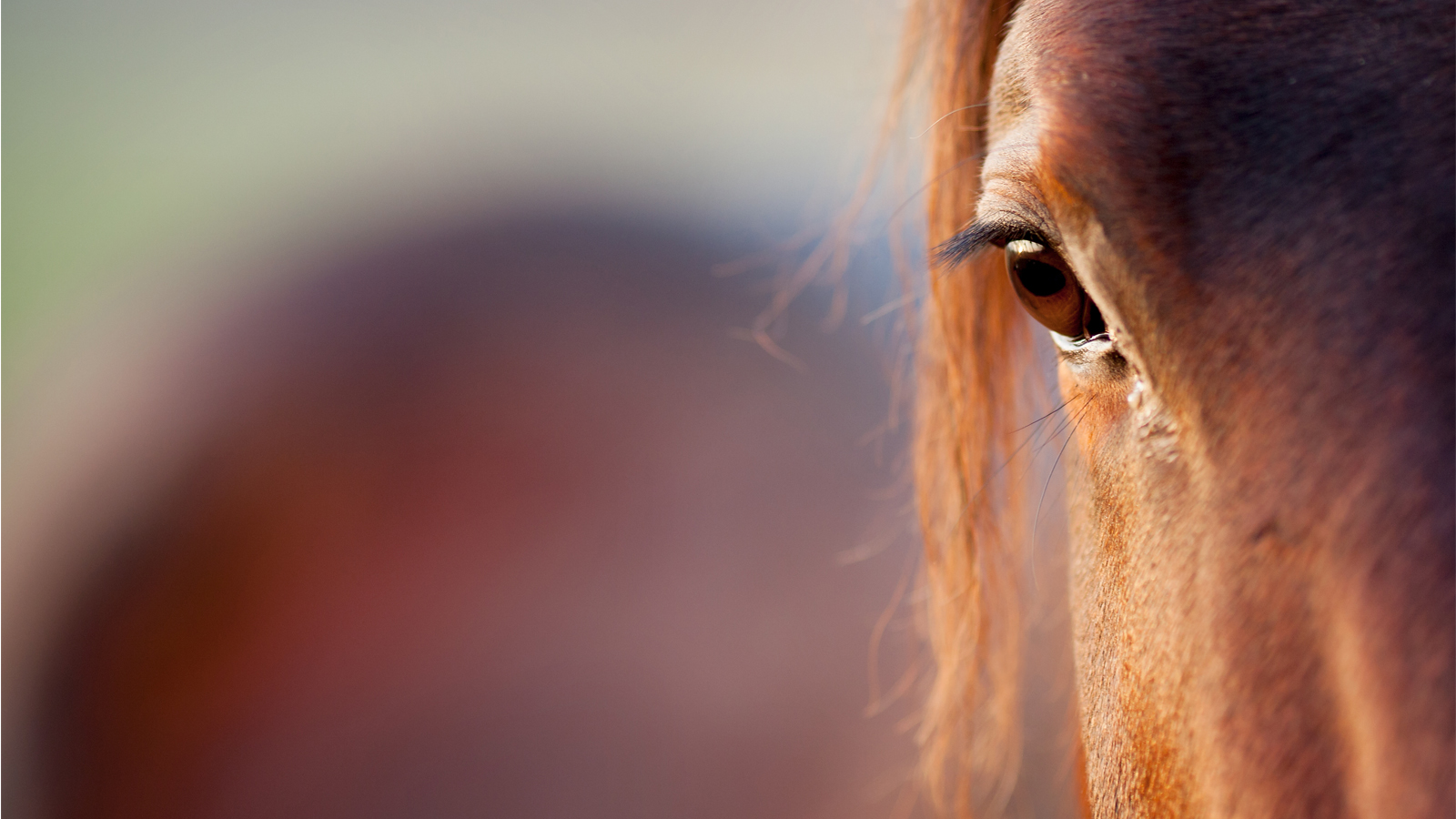Those dreaded walk pirouettes are still disliked by riders, but don’t worry, I think they’re also dreaded by judges. Judges seem to have varied ideas on what to look for in this reasonably easy exercise, and how to mark them, consequently confusing riders as how to ride them.
Looking at scores that are now available to all and sundry post competitions, it is often interesting to see where the discrepancy in marks lay, and on researching this, one of the movements that has the biggest discrepancies is definitely the walk pirouettes.

The walk pirouette, showing exactly where the outside hind foot should be and a great realisation of the inside shoulder. Image by Roger Fitzhardinge
It is often that this movement that is not well enough understood, and hence marked either too high or too low, and it is so often the reason for the difference in the percentages, and hence the placings amongst the judges on the same test. There are always two walk pirouettes, and sometimes a coefficient attached to them, and so up to 40 marks can be available in two pirouettes. And, of course, the quality of the walk during the movement comes into the mark for the collected walk that is also a coefficient mark. Therefore, the overall marks for the walk during the pirouettes can be up to 60 marks, which is up to 15% of the total test!
It’s always interesting to look at pulling every movement apart detail by detail and then putting it all back together. It’s like making a jigsaw puzzle complete at the end of putting all the pieces together – you have a beautiful perfect picture of the walk pirouette. If one tiny piece of the puzzle is missing, it doesn’t mean that the overall impression can’t still be good. It’s just missing one tiny bit and, as a consequence, some people become bogged down with not being able to see the overall impression, and the overall good feeling of a pirouette, but instead get hung up on one minor part.
The important positive things a judge should pay attention to in the walk pirouette, and the important positive things for riders to realise what the judges will look for are as follows:
Thoroughness and on the bit with a collected walk and the poll the highest point and the nose approaching the vertical.
The collected walk before and after the pirouette must have a very clear four-beat rhythm and the collected steps must have no over-track and show a consistent tempo throughout in self-carriage.
The positioning into the turn should be in a slight shoulder-fore. The first step should be the outside fore turning over the inside forelimb. Not the hind leg sideways!
The hind feet should remain active and the pirouette centred around the inside hind hoof with the outside hind close but not crossing and never having any tendency to swing out. The horse’s steps should be active and nearly on the spot.
The front legs should form a circle (arc) the length of the horse with the outside fore stepping in front of and across the inside fore.
The horse should be bent around the rider inside leg with a flexion and suppleness in the direction of the turn.
The balance should be off the inside shoulder.
The rider’s aids should be discrete.
It is a very interesting to ask someone where the judges are looking when they are assessing this movement. Some will say the hind feet, the bend and flexion, the quality of the walk steps, the crossing of the front legs, the consistency of the tempo of the steps, the frame and the poll, the head not tilting, the contact and the mouth, the use of the back, the hind feet not crossing and so on and so on. Of course, with so many components to factor in, a good place to watch so you get a good overall impression is at the rider’s knee area behind the shoulder. From this focal point your eyes can absorb the overall impression and not become obsessed on one thing that may overshadow others.
These are the directives on the judge’s sheet:
● Quality of shortened walk strides
● Tempo and regularity
● Activity of hind legs
● Bend and fluency in the turn
This pretty well sums it up!
“The balance
should be off
the inside shoulder.”

Once the basics are established, the walk pirouette should start from a slight shoulder fore position. Image by Roger Fitzhardinge

The first step of the pirouette. Image by Roger Fitzhardinge
Some problems that are sometimes seen that will bring the marks down are:
The walk not staying in the correct rhythm. The walk must be a four-beat tempo and clear with collected steps, not over-tracking.
In the pirouette there must be no lateral walk steps that are sometimes seen and are caused through trying to make the turn without collected and light-footed steps and light contact showing self-carriage. With the lack of yielding to the bridle, the horse will lean on to the bit in the turn, the back will be blocked and then the steps will show lateral tendency and not stepping (grounding) and this is a bad error. If you were to listen to the footfalls when a horse is on a firm surface, the walk should be 1, 2, 3, 4. If it shows lateral steps then it becomes 1, 2… 3, 4. The pirouette is then not in collected walk, but rather with an irregular rhythm (lateral tendency), and so the mark will be lower (maybe a lot).
The biggest fault will be the stepping out with the outside hind leg and the pirouette is then not around an active, almost-on-the-spot inside hind.
The flexion and the bending must be consistent and to the direction of the turn. To ride a pirouette without the inside flexion and bend is no good.
At the completion of the pirouette, the balance up off the inside shoulder must be evident and the feeling of balance and self-carriage is important. If the mouth is pushing down, the poll lowering and the weight over the shoulders, this is not in self-carriage.
The rhythm and tempo must not vary and should always be consistent.
The size of the pirouette is all important and if it’s getting too large – in other words the hind hooves are making too big a circle – then it will be a poorer mark. (However, a little large with green horses is better than too tight and stepping out and losing the positioning). It should be made around the inside hind hoof.
The steps should be even and not alternating one long, one short.
Above the bit will also incur a big loss of marks.
The pirouette should be fluent and effortless and the rider’s aids very non-apparent. This movement needs the greatest attention from the rider to make it as good as possible and the judges to award appropriate marks. It is pretty apparent that good marks (8 and upwards) are rarely given and that judges need to discuss a lot more about what they are looking at, as this movement and its marks often are the difference between winning and losing a test. EQ
YOU MIGHT ALSO LIKE TO READ:
Perfecting Pirouettes – Equestrian Life, August 2023




